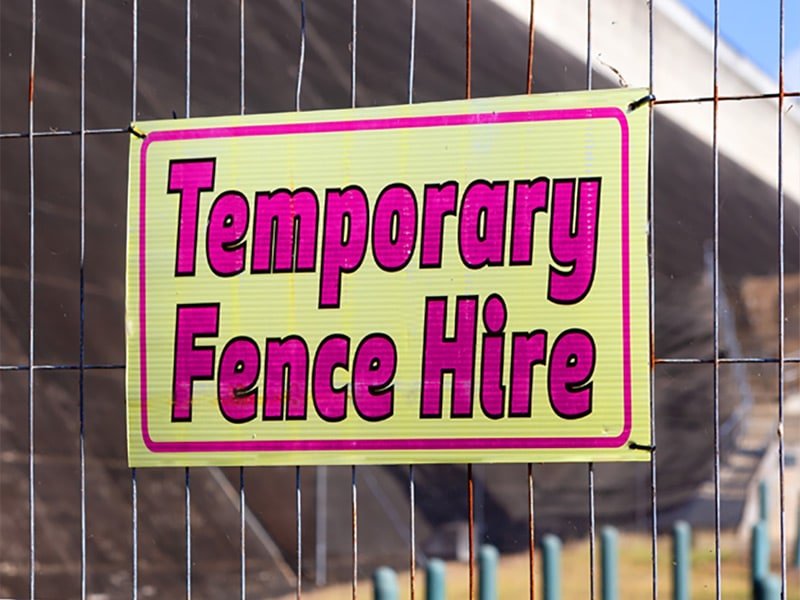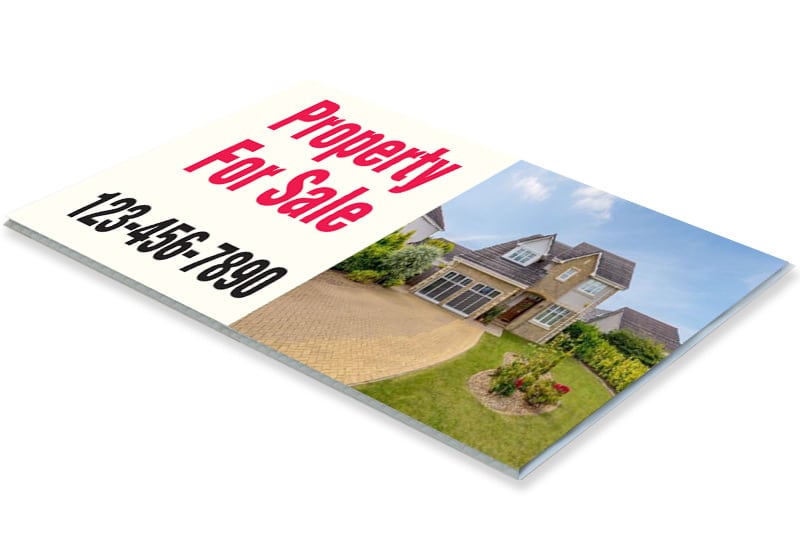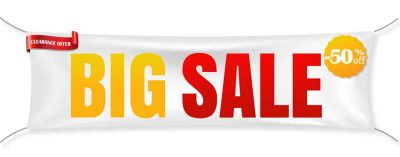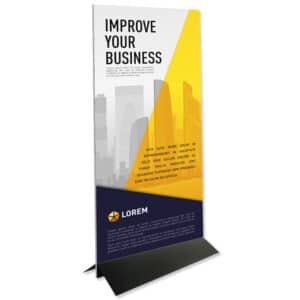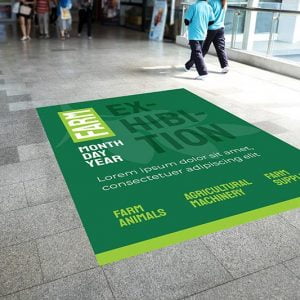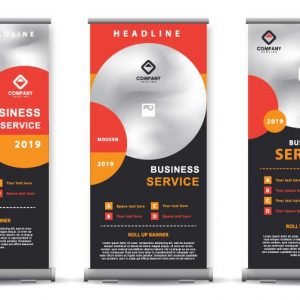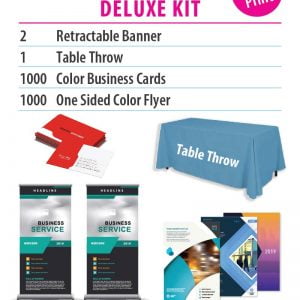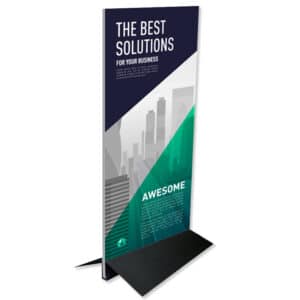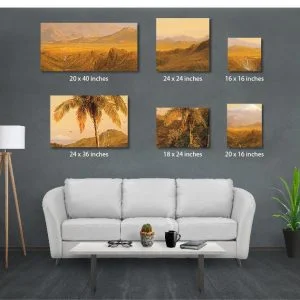CoroSigns In All Different Sizes
Weatherproof, CoroSigns in All Different Sizes
Coro Plastic Signs Get You Noticed!
Coroplast signs are the perfect solution for:
- Businesses: Promote your grand opening, sale, or special event.
- Real estate: Advertise open houses and properties for sale.
- Politics: Get your candidate’s name out there and rally support.
- Events: Announce festivals, concerts, and other happenings.
- Non-profits: Raise awareness for your cause and attract volunteers.
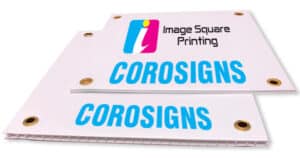

Why choose Coroplast signs?
- Durable: Made from corrugated plastic, Coro-plast signs can withstand wind, rain, and sun.
- Affordable: Much cheaper than metal or wood signs, making them a great value for your money.
- Customizable: Print any design, logo, or message you want in full color.
- Easy to set up: Lightweight and portable, so you can put them up and take them down in minutes.
Image Square Printers’ expertise in printing yard signs have made them a “go-to printer”. By offering different sizes and the quick turnaround time your message will always get through to potential customers. CoroSigns, are great for Contractors, Roofers, Politicians, Announcements, Solar Installers, Pole Posting, Directions and so much more. These CoroSigns can also be used as yard signs, just insert a “H” steak and then you have a yard Sign. Our process is simple and stress free. Remember if you have any questions our staff will answer any question, just give us a call.
CoroSigns Are Easy to Set Up, Last a Long Time!
Image Square weatherproof CoroSigns are specially corona-treated corrugated sheets. These CoroSigns are 4mm thick and are 750 GSM, unlike the other low-density sheets in the market. You have an option for corner grommets so that you can use it for pole posting or tie wrap posting. Our printing process of UV direct substrate printing on one or two sides insures that your CoroSigns will last for a long time.




